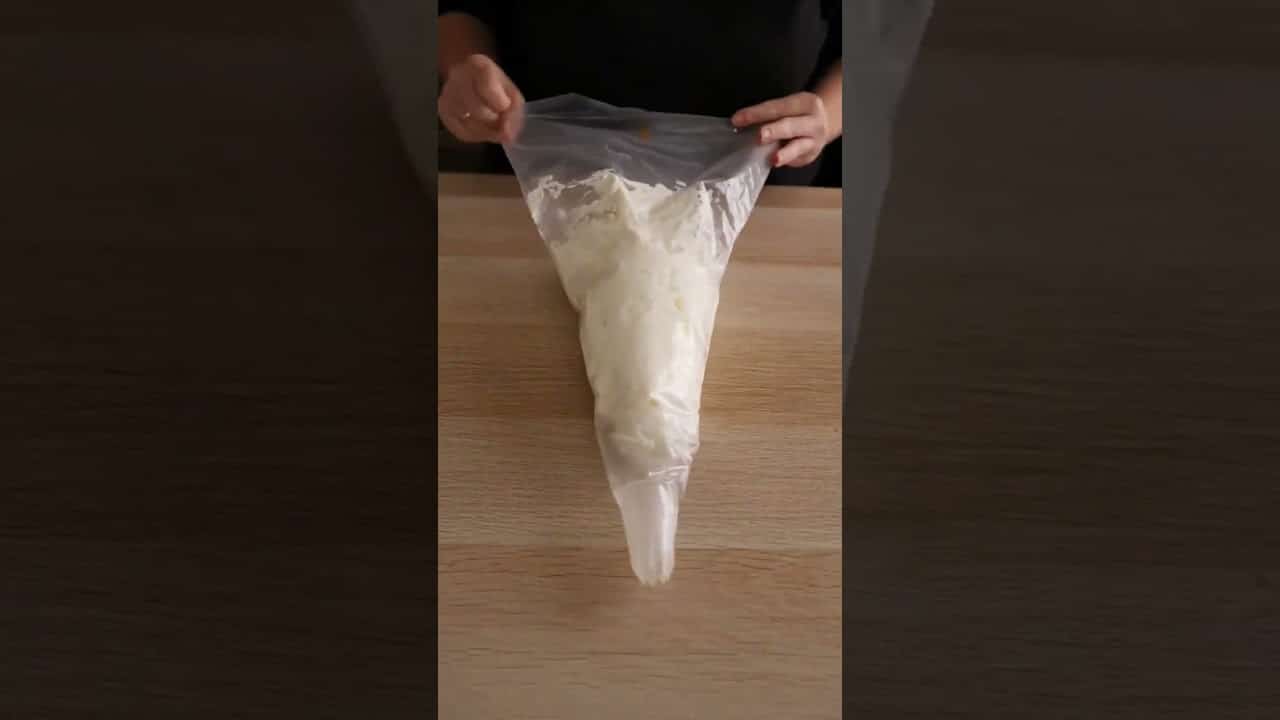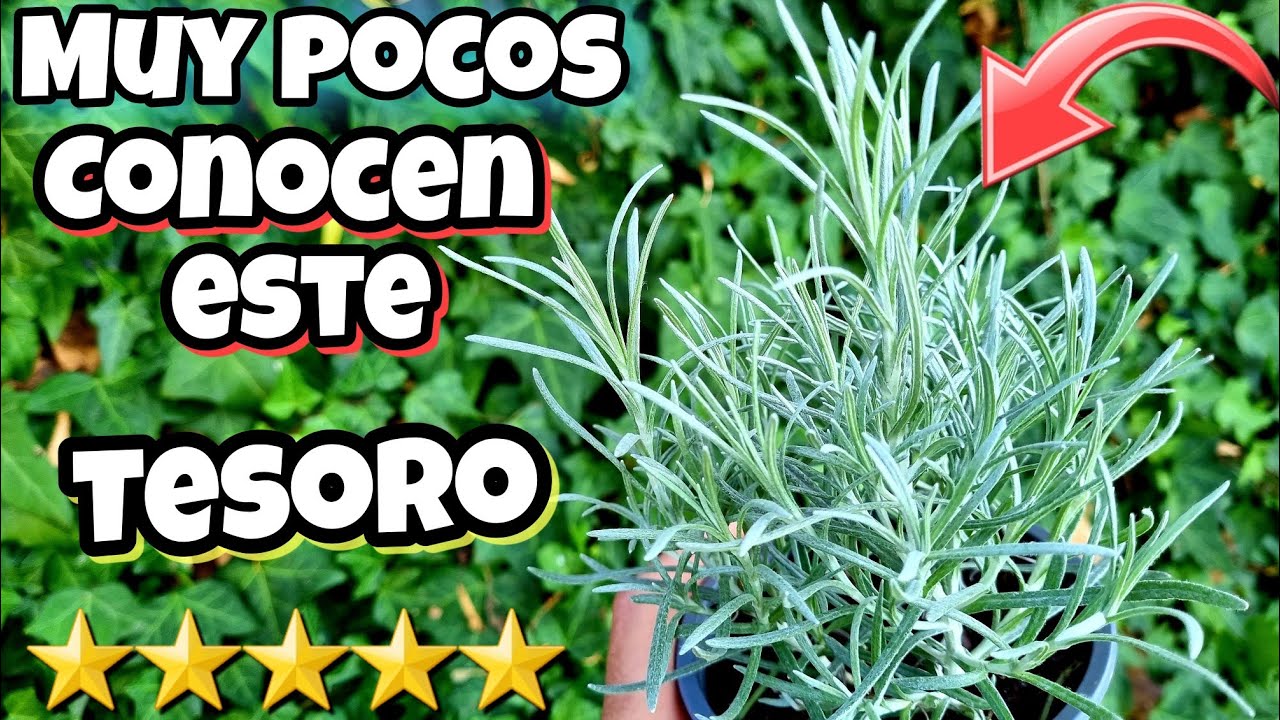` que siguen las indicaciones proporcionadas, con un estilo atractivo y enfocado en la intención de búsqueda del usuario para la palabra clave «Hoy Se Cambia La Hora»:
«`html
Hoy se cambia la hora: todo lo que necesitas saber
«`html
Hoy se cambia la hora: todo lo que necesitas saber
El cambio de hora es un evento que ocurre dos veces al año, ajustando nuestros relojes para aprovechar mejor la luz natural. Hoy se cambia la hora, y es fundamental entender cómo nos afecta. Este ajuste, que suele realizarse en primavera y otoño, tiene como objetivo optimizar el consumo energético. Aunque algunos países han debatido su utilidad, sigue siendo una práctica extendida en muchas regiones.
El proceso implica adelantar o atrasar las manecillas del reloj una hora, dependiendo de la época del año. Hoy se cambia la hora para adaptarnos al horario de invierno o verano, lo que influye en nuestras rutinas diarias. Este cambio puede alterar los patrones de sueño, especialmente en los primeros días. Es recomendable ajustar gradualmente los horarios de descanso para minimizar el impacto en el organismo.
Las tecnologías modernas, como los smartphones y ordenadores, suelen actualizarse automáticamente, pero es importante verificar dispositivos más antiguos. Hoy se cambia la hora y no queremos llegar tarde a compromisos importantes. Además, este ajuste puede afectar a sectores como el transporte o la programación de eventos, por lo que conviene estar atentos a las actualizaciones oficiales.
Preguntas que resuenan en el aire
- ¿Por qué se cambia la hora? El objetivo principal es aprovechar mejor la luz solar y reducir el consumo energético.
- ¿Cómo afecta el cambio de hora al cuerpo? Puede alterar los ciclos de sueño, causando fatiga o irritabilidad durante los primeros días.
- ¿Todos los países cambian la hora? No, esta práctica varía según las normativas de cada región.
- ¿Qué dispositivos se actualizan automáticamente? La mayoría de los smartphones, tablets y ordenadores modernos lo hacen, pero relojes analógicos o algunos electrodomésticos requieren ajuste manual.
«`
Hoy se cambia la hora: cómo afecta a tu rutina diaria
El cambio horario, ese ajuste que altera el reloj dos veces al año, tiene un impacto directo en nuestras rutinas. El cuerpo humano funciona con un ritmo circadiano, un reloj interno que regula el sueño, la alimentación y la energía. Cuando adelantamos o atrasamos el reloj, este ritmo se desequilibra, provocando sensaciones de fatiga, irritabilidad e incluso dificultad para concentrarse. La transición puede ser especialmente dura para quienes tienen horarios fijos, como estudiantes o trabajadores, ya que deben adaptarse rápidamente a un nuevo horario de luz solar.
La exposición a la luz natural juega un papel clave en esta adaptación. Durante los días siguientes al cambio, es recomendable aprovechar al máximo las horas de luz para sincronizar el reloj biológico. Salir a caminar por la mañana o trabajar cerca de una ventana puede ayudar a reducir los efectos negativos. Por otro lado, la falta de luz artificial antes de dormir es igual de importante: evitar pantallas brillantes y mantener un ambiente oscuro facilita la producción de melatonina, la hormona del sueño.
¿Cómo organizar tu día después del cambio horario?
- Reajusta tus horarios de comida: Intenta comer a la misma hora que antes del cambio, incluso si tu cuerpo no lo pide.
- Establece una rutina de sueño: Acuéstate y levántate a la misma hora, incluso los fines de semana.
- Limita el consumo de cafeína: Evita bebidas estimulantes por la tarde para no alterar el sueño.
¿Tienes dudas sobre el cambio horario? Aquí las respuestas
¿Por qué se cambia la hora?
El cambio horario se implementó originalmente para aprovechar mejor la luz solar y reducir el consumo de energía. Aunque su eficacia es discutida, sigue siendo una práctica habitual en muchos países.
¿Cuánto tiempo tarda el cuerpo en adaptarse?
La mayoría de las personas necesitan entre tres y siete días para ajustarse completamente al nuevo horario. Durante este periodo, es normal sentir somnolencia durante el día o dificultad para dormir por la noche.
¿Cómo afecta a los niños y ancianos?
Los niños y las personas mayores suelen ser más sensibles al cambio horario. Los primeros pueden mostrar irritabilidad o cambios en el apetito, mientras que los segundos pueden experimentar alteraciones en su ciclo de sueño. Mantener una rutina constante es clave para ambos grupos.





